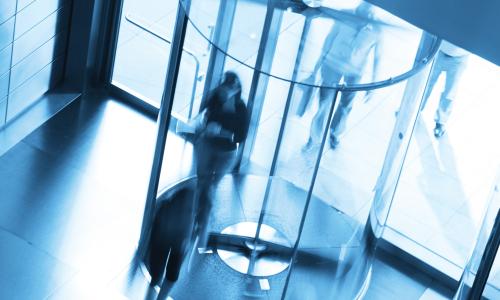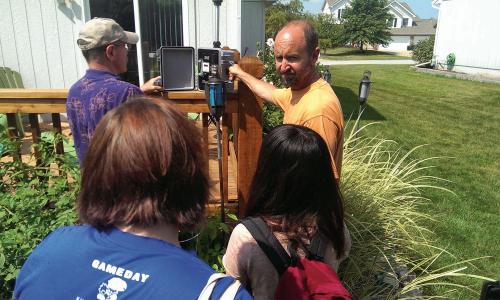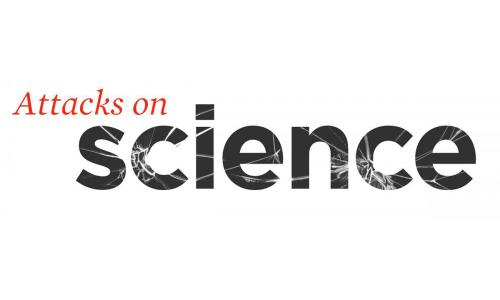Table of Contents
A community facing threats to its health and safety should be able to use the democratic process to address those threats. But too many US communities have been effectively disenfranchised through laws and policies designed to suppress their voices. We help them fight back.
Decades of systemic racism and exclusionary practices in science, policymaking, housing, health care, and the economy have put low-income communities and communities of color on the front lines of public health, safety, and environmental impacts.
Decisions that affect everyone’s well-being need to be grounded in facts and evidence. This should go without saying, but too often policy choices are driven by narrow private interests that stand to benefit from ignoring or distorting science, putting public health and safety at risk. The Center for Science and Democracy promotes processes that support evidence-based decisionmaking, fighting back against attacks on public safeguards and exposing disinformation tactics.
Pressing for stronger safeguards
The Clean Air Act. The Clean Water Act. The Endangered Species Act. Firmly grounded in scientific evidence, these protections, and others like them, have made the United States a safer, healthier place to live. But in recent years there have been persistent efforts in Congress and within federal agencies to weaken these safeguards. These laws need to work better for communities. We’re working to make them stronger.
We successfully pressed the Environmental Protection Agency (EPA) to set stronger science-based limits on emissions of ethylene oxide (EtO), a known carcinogen that escapes from medical device sterilization facilities. Our analysis found that more than 14 million people in the United States live within five miles of such facilities, including a disproportionately high number of people of color and low-income households. And we leveraged the findings to draw national attention to the issue and drive pressure on the EPA to adopt more rigorous protections.
Fighting for environmental justice
We’re joining with multiple community partners to help promote a new approach for addressing communities’ exposure to multiple pollutants. Rather than addressing pollutants and polluters individually, a “cumulative impacts” approach considers how the full range of pollutant and other stressors affect an overburdened communities’ health and well-being. This new, cumulative impacts approach recognizes that decades of systemic racism and exclusionary practices in science, policymaking, housing, health care, and the economy have put low-income communities and communities of color on the front lines of public health, safety, and environmental impacts.
Working with communities
We help scientists and communities work together to get communities access to the scientific information they need. We partnered with the Kansas City-based organization CleanAirNow to show that communities of color and low-income communities in Kansas City face a greater risk of exposure to environmental hazards, including cumulative exposures to harmful pollutants from heavy freight and diesel-powered transportation as well as from industrial emissions. To fight back, we pressed local, state, and federal decisionmakers to engage the community in decisionmaking including an air monitoring network that provides real-time, local data people can use to advocate for science-based protections.
Exposing disinformation
In recent years, multiple forms of disinformation have proliferated, especially targeting voters in underserved communities. These efforts are increasingly confusing the public and allowing perpetrators to profit at the expense of our health and well-being.
Disinformation doesn't just happen on its own. A broad and interconnected network creates and enables its spread—and some of the most powerful and enduring lies come from just a few well-funded and powerful sources.
Putting science and scientists into action
At the Center for Science and Democracy, we believe that science can and must be a tool to advance justice, equity, and policies that protect the health and well-being of all of us, regardless of where you live or the color of your skin. That’s why, in addition to producing analyses of pressing issues, we work directly with communities and groups bearing the disproportionate impact of unjust policies to press for action. Working together, we mobilize the collective power of more than a half million science supporters across the country, including 23,000 scientists in the UCS Science Network.







